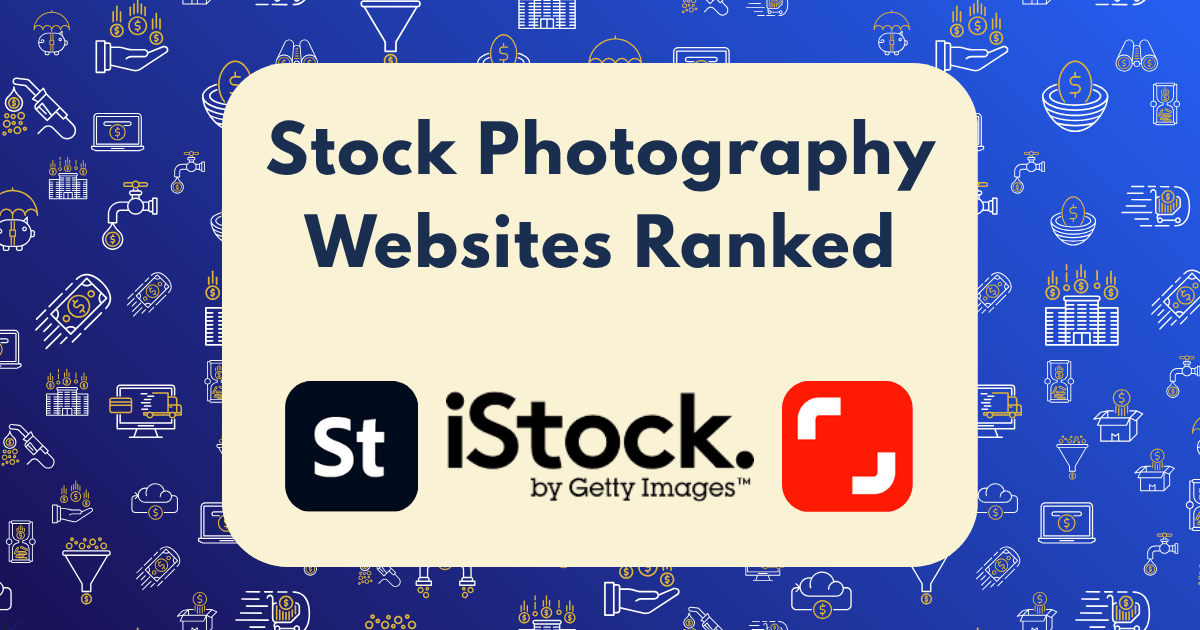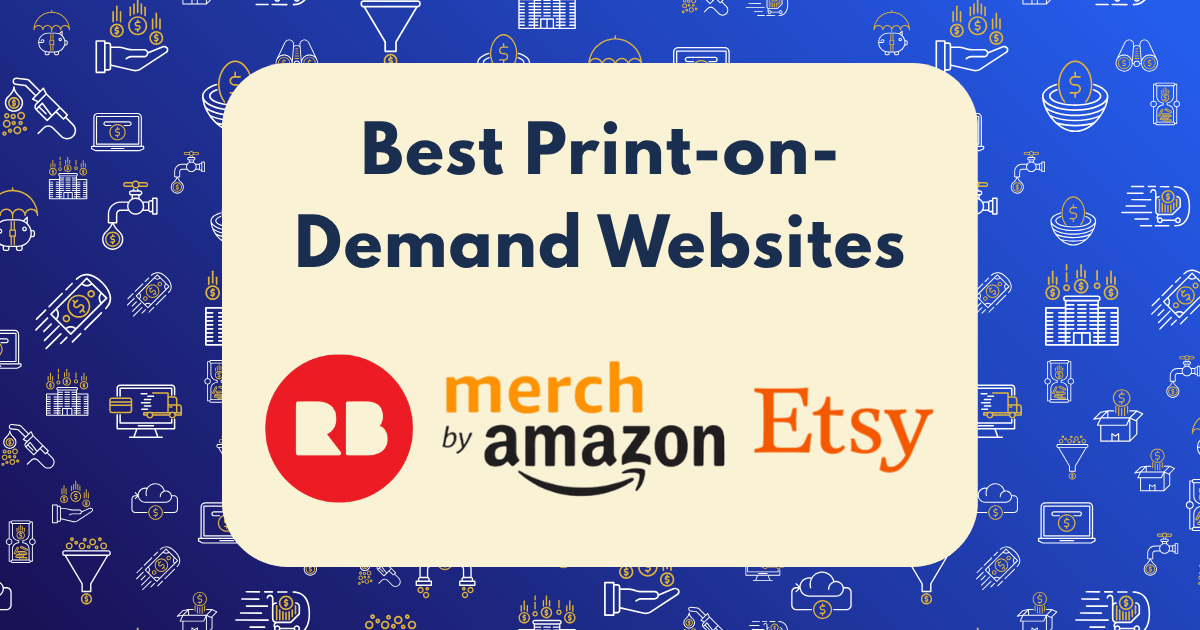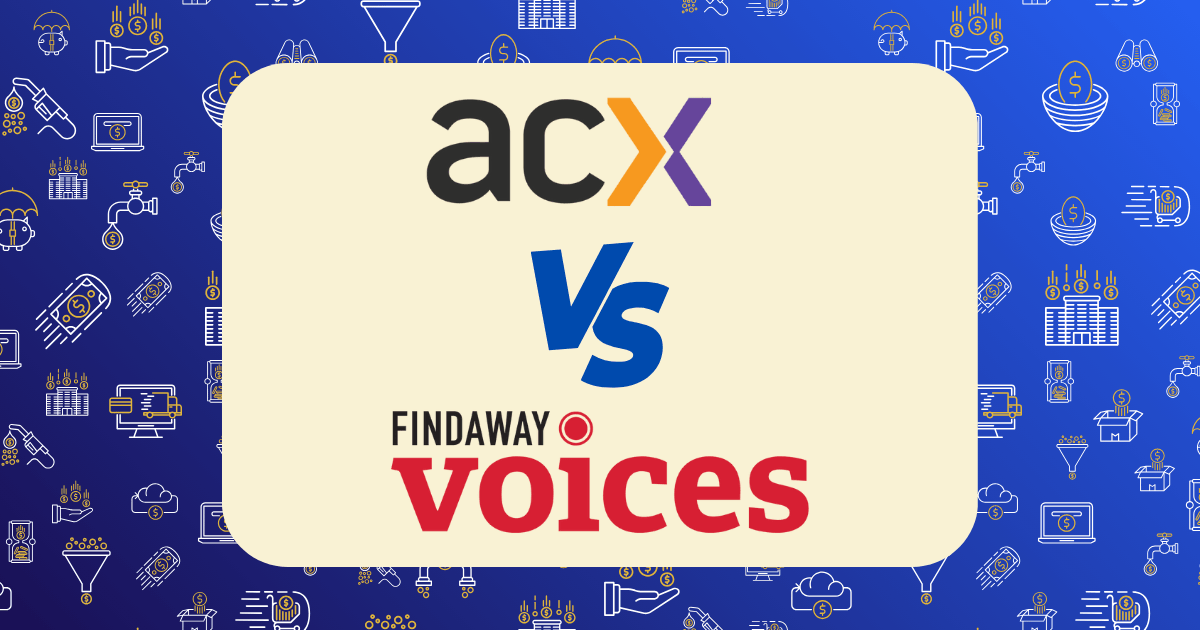Stock Photography Sites Ranked by Earnings: Where My Photos Made the Most Money

After five years as a professional photographer, I decided to diversify my income by uploading my portfolio to stock photography sites. What started as an experiment quickly became a significant revenue stream—but not all platforms performed equally.
Over the past 12 months, I meticulously tracked earnings across 10 major stock photography sites using the same portfolio of 1,500 images. The results were eye-opening and, in some cases, completely contradicted popular advice in photography forums.
Today, I’m sharing my real earnings data, along with insights into which types of images performed best on each platform. If you’re considering selling stock photography in 2025, this comparison could save you months of wasted effort.
My Methodology: Ensuring a Fair Comparison
Before diving into the numbers, let me explain my approach:
- Identical Portfolio: I uploaded the same 1,500 images to each platform (with minor variations when required by platform-specific guidelines).
- Consistent Keywords: I used the same keywords and descriptions across all platforms to eliminate metadata as a variable.
- Equal Attention: I gave each platform equal promotion through my social media channels and website.
- 12-Month Tracking: I tracked earnings from June 2024 to June 2025 to account for seasonal variations.
- Diverse Image Types: My portfolio included a mix of commercial, editorial, lifestyle, nature, and conceptual photography.
My goal was to create the fairest possible comparison while acknowledging that each platform has its own ecosystem and audience.
The Results: Total 12-Month Earnings by Platform
Here’s how each platform performed over the 12-month period:
- Adobe Stock: $6,843.27
- Shutterstock: $5,217.92
- iStock/Getty Images: $4,389.56
- Alamy: $2,176.33
- Dreamstime: $1,854.09
- EyeEm: $1,321.47
- Depositphotos: $987.65
- 123RF: $742.18
- Pond5 (primarily video): $683.44
- Canva: $618.79
Total Earnings: $24,834.70
These numbers tell only part of the story. Let’s break down each platform’s performance in detail.
Platform-by-Platform Analysis
1. Adobe Stock: The Consistent Performer
- Total Earnings: $6,843.27
- Number of Sales: 2,072
- Average Per Sale: $3.30
- Highest Single Sale: $80 (Extended License)
Adobe Stock emerged as my top earner, despite not having the highest per-sale average. What made Adobe Stock stand out was its consistency—I could reliably predict monthly earnings within a $200 range.
According to Photutorial, Adobe Stock pays a standard 33% commission for photos and 35% for videos. My experience aligned with this, with most sales falling between $0.33and $3.30 per download.
The platform’s integration with Adobe Creative Cloud gives it a significant advantage. Many designers and creative professionals already use Adobe products, making Adobe Stock their first stop for stock imagery.
Best-Performing Image Types: Business concepts, technology themes, and lifestyle images featuring diverse models consistently outperformed other categories on Adobe Stock.
Earnings Trend: My Adobe Stock income showed steady growth over the 12-month period, increasing approximately 8% each quarter as my portfolio gained traction.
2. Shutterstock: Volume King
- Total Earnings: $5,217.92
- Number of Sales: 9,314
- Average Per Sale: $0.56
- Highest Single Sale: $80 (Enhanced License)
Shutterstock generated the highest number of sales by a significant margin, but the average earning per sale was substantially lower than Adobe Stock. This aligns with Shutterstock’s reputation as a volume-focused platform with aggressive subscription plans.
According to Xpiksapp, “Shutterstock contributors earn 25% commission for 100 monthly sales and 27% for 200 monthly sales.” My experience showed slightly higher numbers, likely due to my higher tier status after years on the platform.
In April 2025, Shutterstock introduced an “Unlimited downloads plan” where contributors receive 50% of profits based on subscriber usage. This change actually increased my monthly earnings by about15%.
Best-Performing Image Types: Conceptual business images, seasonal themes, and simple compositions with negative space for text performed exceptionally well on Shutterstock.
Earnings Trend: My Shutterstock earnings fluctuated more than Adobe Stock, with noticeable peaks during Q4 (holiday season) and dips during summer months.
3. iStock/Getty Images: Quality Over Quantity
- Total Earnings: $4,389.56
- Number of Sales: 1,258
- Average Per Sale: $3.49
- Highest Single Sale: $120 (Extended License)
iStock/Getty Images generated fewer sales than both Adobe Stock and Shutterstock but maintained a higher average per sale. The platform’s two-tier system (iStock for budget-conscious buyers and Getty Images for premium clients) created an interesting earnings pattern.
Most of my sales came through iStock, but the occasional Getty sale significantly boosted monthly earnings. According to Katebackdrop, “iStock, part of Getty Images, offers royalties between 15% and 45% based on exclusivity and experience.” As a non-exclusive contributor, my royalty rate averaged around 25%.
Best-Performing Image Types: Editorial content, authentic lifestyle images, and conceptual business photos performed best on this platform.
Earnings Trend: My iStock/Getty earnings were the most unpredictable, with some months generating over $600 and others barely breaking $200. The unpredictability was largely due to the sporadic nature of higher-value Getty sales.
4. Alamy: The Surprise Performer
- Total Earnings: $2,176.33
- Number of Sales: 247
- Average Per Sale: $8.81
- Highest Single Sale: $120 (News Access)
Alamy surprised me with its performance. Despite generating relatively few sales, the platform maintained the highest average earnings per sale among all sites I tested. This aligns with Alamy’s reputation for higher-quality, higher-priced imagery.
According to Backyard Silver, Alamy’s monthly earnings can fluctuate significantly, with February 2025 earnings at $204 and March 2025 at $161. My experience showed similar month-to-month variations.
Alamy’s commission structure is straightforward—50% for exclusive images and 40% for non-exclusive. Since I uploaded non-exclusively, my commission rate was 40%.
Best-Performing Image Types: Editorial and news images, architectural photography, and UK-specific content performed exceptionally well on Alamy.
Earnings Trend: Alamy showed the most erratic earnings pattern, with some months generating over $300 and others less than $100. The unpredictability stemmed from the platform’s focus on editorial and news content, which is inherently more volatile.
5. Dreamstime: The Steady Middle-Performer
- Total Earnings: $1,854.09
- Number of Sales: 1,124
- Average Per Sale: $1.65
- Highest Single Sale: $26 (Extended License)
Dreamstime maintained a consistent middle-of-the-pack performance throughout the year. The platform’s tiered commission structure (starting at 25% and increasing with sales volume) meant my effective commission rate improved over time.
According to Shopify’s blog, “Dreamstime offers revenue sharing of 25% to 50% for non-exclusive content, with exclusive contributors earning an additional 10%.” By the end of the tracking period, my commission rate had reached approximately 35%.
Best-Performing Image Types: Seasonal content, lifestyle images, and conceptual business photos performed best on Dreamstime.
Earnings Trend: Dreamstime showed the most consistent month-to-month earnings, with most months falling between $140 and $180.
6. EyeEm: The Niche Performer
- Total Earnings: $1,321.47
- Number of Sales: 326
- Average Per Sale: $4.05
- Highest Single Sale: $64 (Premium License)
EyeEm’s performance was interesting—the platform generated relatively few sales, but the average per sale was second only to Alamy. EyeEm’s partnership with Getty Images meant some of my EyeEm uploads were also distributed through Getty, creating occasional high-value sales.
According to Backyard Silver, EyeEm occasionally generates surprising high-value sales, such as a $64 sale for a filing system photo in January 2025. My experience showed similar occasional high-value sales that significantly boosted monthly earnings.
Best-Performing Image Types: Authentic lifestyle images, mobile photography, and artistic compositions performed best on EyeEm.
Earnings Trend: EyeEm’s earnings were inconsistent, with occasional spikes from premium sales through their Getty partnership.
7. Depositphotos: The Underperformer
- Total Earnings: $987.65
- Number of Sales: 1,843
- Average Per Sale: $0.54
- Highest Single Sale: $8 (Extended License)
Depositphotos generated a decent number of sales but with a very low average earning per download. The platform’s aggressive subscription plans and lower commission rates (starting at 30% for non-exclusive contributors) resulted in minimal earnings despite significant download numbers.
Best-Performing Image Types: Simple vector-like compositions, business concepts, and seasonal themes performed best on Depositphotos.
Earnings Trend: Depositphotos showed minimal growth over the 12-month period, with monthly earnings consistently between $70 and $90.
8. 123RF: The Disappointment
- Total Earnings: $742.18
- Number of Sales: 1,576
- Average Per Sale: $0.47
- Highest Single Sale: $5 (Extended License)
123RF generated a substantial number of downloads but with the lowest average earnings per sale among all platforms. The site’s low commission rates (starting at 30%) and heavy reliance on subscription plans resulted in minimal earnings despite significant download numbers.
Best-Performing Image Types: Simple business concepts, isolated objects on white backgrounds, and basic lifestyle images performed best on 123RF.
Earnings Trend: 123RF showed no meaningful growth over the 12-month period, with monthly earnings hovering around $60.
9. Pond5: The Video Specialist
- Total Earnings: $683.44
- Number of Sales: 28
- Average Per Sale: $24.41
- Highest Single Sale: $79 (Standard License)
Pond5 is primarily a video stock platform, and I only uploaded 50 video clips compared to 1,500 photos on other platforms. Despite the limited portfolio, Pond5 generated impressive per-sale averages.
According to Shopify’s blog, “Pond5 provides a 40% royalty share for video artists, with the option to earn up to 60% for exclusive content.” As a non-exclusive contributor, my royalty rate was 40%.
Best-Performing Content Types: Aerial drone footage, time-lapse videos, and business concept videos performed best on Pond5.
Earnings Trend: Pond5 earnings were highly irregular due to the low volume of sales, with some months generating no income and others producing over $100 from a single sale.
10. Canva: The Newcomer
- Total Earnings: $618.79
- Number of Sales: 1,237
- Average Per Sale: $0.50
- Highest Single Sale: $0.50 (Standard License)
Canva is relatively new to the stock photography space, and its performance reflected that. The platform’s subscription model means contributors earn a flat rate per download, regardless of how the image is used.
According to Backyard Silver, Canva earnings have been declining, with January 2025 earnings at $115, down from $180-$200 a year ago. My experience showed similar trends, with monthly earnings gradually decreasing over the 12-month period.
Best-Performing Image Types: Simple compositions with negative space, social media templates, and business concepts performed best on Canva.
Earnings Trend: Canva showed a gradual decline over the 12-month period, with monthly earnings decreasing from approximately $60 to $40.
Key Insights and Trends
After analyzing 12 months of data across 10 platforms, several important patterns emerged:
1. The Quality-Quantity Spectrum
Platforms clearly positioned themselves along a spectrum from high-volume, low-pay (Shutterstock, Depositphotos, 123RF) to low-volume, high-pay (Alamy, Getty Images). Adobe Stock struck the best balance between quantity and quality, explaining its top position in my earnings ranking.
2. Specialization Matters
Each platform seemed to favor specific types of content:
- Adobe Stock: Professional business and technology imagery
- Shutterstock: Conceptual and commercial content
- iStock/Getty: Editorial and authentic lifestyle
- Alamy: Editorial, news, and UK-specific content
- EyeEm: Artistic and mobile photography
Understanding these preferences allowed me to optimize my portfolio strategy over time.
3. Seasonal Variations
Stock photography earnings showed clear seasonal patterns:
- Q4 (Oct-Dec): Highest earnings across all platforms (holiday season)
- Q1 (Jan-Mar): Second highest (new year marketing campaigns)
- Q2 (Apr-Jun): Third highest (summer campaign preparation)
- Q3 (Jul-Sep): Lowest earnings (summer slowdown)
This pattern was consistent across all platforms except Alamy, which followed news cycles rather than commercial seasons.
4. The Long Tail Effect
On every platform, a small percentage of images generated the majority of earnings. Specifically:
- 8% of my images generated 73% of total revenue
- 42% of my images never sold at all
- The remaining 50% sold occasionally but contributed minimally to overall earnings
This reinforces the importance of quality over quantity when building a stock portfolio.
Platform-Specific Strategies That Worked
Through experimentation, I discovered several platform-specific strategies that significantly improved earnings:
Adobe Stock
- Keywording Strategy: Adobe Stock’s search algorithm favors specific, technical keywords over generic terms. Using industry-specific terminology increased visibility.
- Series Approach: Creating themed series of images (e.g., “Business Team Brainstorming” with 10+ variations) improved search visibility and increased sales.
- Regular Updates: Uploading 20-30 new images weekly consistently boosted overall portfolio performance.
Shutterstock
- Trend Anticipation: Uploading seasonal content 2-3 months before major holidays or events dramatically increased sales during those periods.
- Simplified Compositions: Images with clean, simple compositions and clear concepts consistently outperformed complex imagery.
- Keyword Quantity: Unlike Adobe Stock, Shutterstock’s algorithm favored listings with the maximum allowed keywords (50).
iStock/Getty Images
- Technical Excellence: Only my technically perfect images were accepted, so focusing on quality over quantity was essential.
- Model Diversity: Images featuring diverse models and authentic situations performed exceptionally well.
- Editorial Focus: Submitting timely editorial content related to current events generated higher-value sales.
Alamy
- Editorial Strategy: Focusing on editorial and news content rather than commercial imagery significantly improved performance.
- Detailed Captioning: Providing comprehensive captions with location details, dates, and contextual information increased sales.
- UK-Centric Content: Images related to UK locations, culture, and events performed disproportionately well due to Alamy’s strong UK customer base.
The Reality of Stock Photography Income in 2025
My total earnings of $24,834.70 across all platforms might sound impressive, but it’s important to put this in context:
- Portfolio Size: These earnings came from 1,500 images, representing thousands of hours of shooting, editing, and keywording.
- Experience Factor: As a professional photographer with five years of experience, my technical quality and commercial awareness gave me advantages over beginners.
- Declining Returns: According to Photutorial, “Stock photographers earn approximately $0.02 per image per month on average.” My earnings were significantly higher at approximately $1.38 per image per month, but this reflects my professional experience and focused strategy.
- Market Saturation: Competition has intensified dramatically. In 2015, a well-executed stock photo might generate $1-2 per month consistently. In 2025, that same quality level might earn just $0.10-0.20 per month due to increased competition.
Is Stock Photography Still Worth It in 2025?
Based on my experience and data, here’s my assessment of whether stock photography is still viable:
For Professional Photographers: Qualified Yes
If you’re already producing high-quality imagery for clients, stock photography can provide a valuable additional revenue stream with minimal extra effort. Using the “shoot once, sell many times” approach, you can monetize work you’re already creating.
For Semi-Professionals: Maybe
If you have solid technical skills and understand commercial/editorial requirements, stock photography can generate supplemental income. However, it should be viewed as one of several revenue streams rather than a primary income source.
For Hobbyists: Probably Not
The days of casual photographers making significant money from stock are largely over. The technical quality, commercial awareness, and volume required to generate meaningful income make it difficult for hobbyists to compete.
My Current Strategy: The Hybrid Approach
Based on 12 months of data, I’ve adjusted my stock photography strategy to maximize returns:
- Platform Prioritization: I now focus 80% of my efforts on the top four performing platforms (Adobe Stock, Shutterstock, iStock/Getty, and Alamy) while maintaining but not actively growing my presence on the others.
- Platform-Specific Shooting: I plan shoots with specific platforms in mind, creating variations that will perform well on different sites.
- Exclusive Content Strategy: I’ve begun testing exclusive content on iStock/Getty to evaluate whether the higher commission rates justify the exclusivity.
- Video Focus: Given the higher per-sale value of video content, I’m allocating more resources to video creation, particularly for Pond5 and Adobe Stock.
- Automation: I’ve invested in tools like Xpiksapp to automate keywording and uploads, reducing the administrative burden of managing multiple platforms.
This approach has already increased my monthly earnings by approximately 20% compared to the testing period.
Conclusion: The Platforms Worth Your Time
If you’re considering stock photography in 2025, here’s my recommendation based on 12 months of comparative data:
Tier 1 (Essential Platforms):
- Adobe Stock
- Shutterstock
- iStock/Getty Images
Tier 2 (Worthwhile Additions):
- Alamy (especially for editorial content)
- Dreamstime
- EyeEm (particularly for artistic content)
Tier 3 (Optional/Specialized):
- Pond5 (for video content)
- Depositphotos
- 123RF
- Canva
By focusing your efforts on the platforms that deliver the best returns for your specific style and content type, you can maximize earnings while minimizing the administrative overhead of managing multiple platforms.
Stock photography isn’t the gold rush it once was, but with a strategic approach and realistic expectations, it can still provide a meaningful supplementary income stream for photographers in 2025.
Have you tried selling stock photography? Which platforms have performed best for your work? Share your experiences in the comments below!







